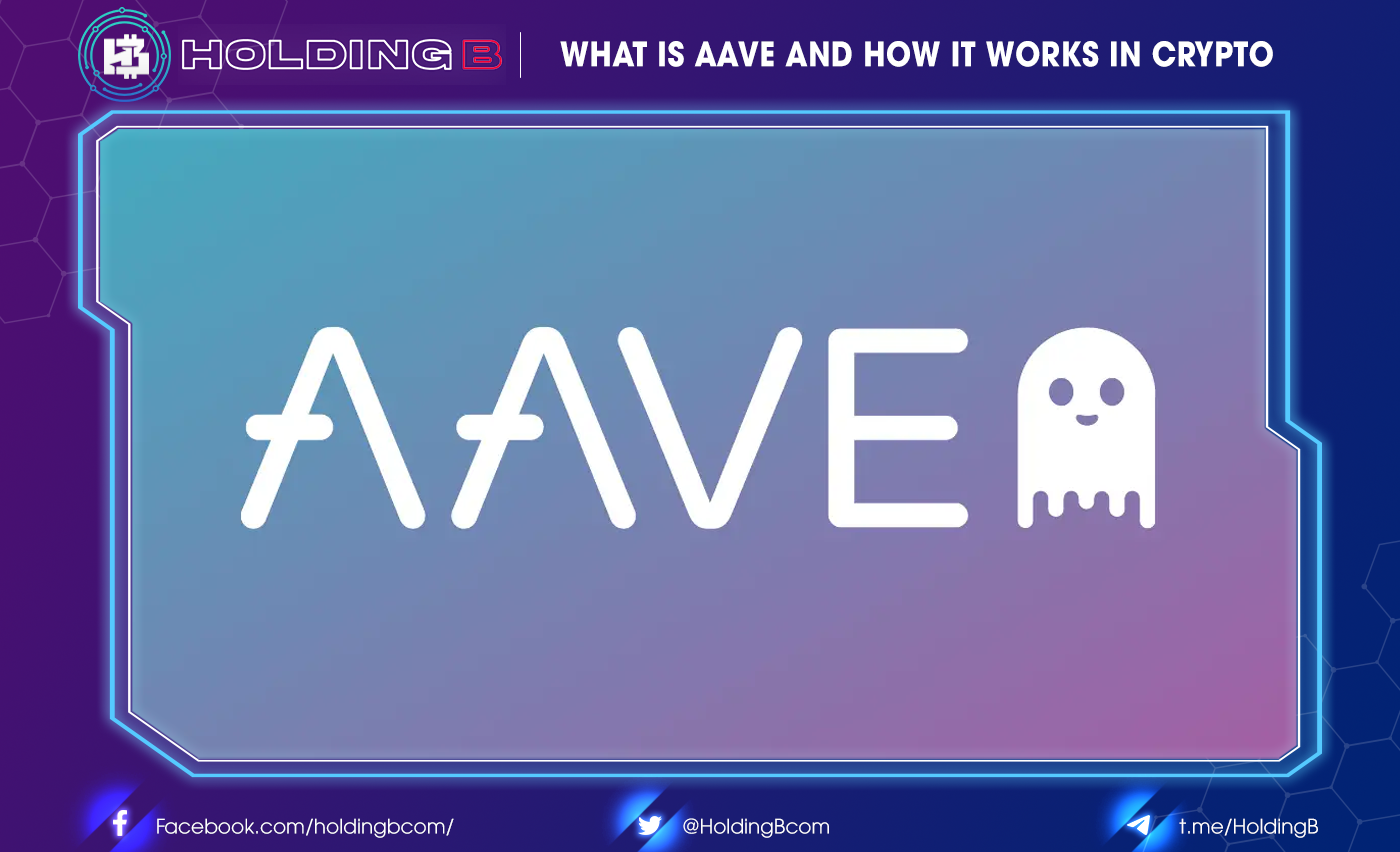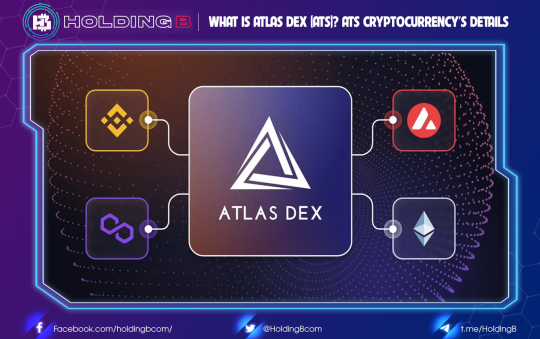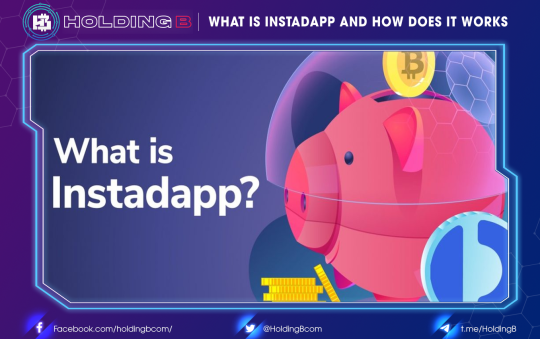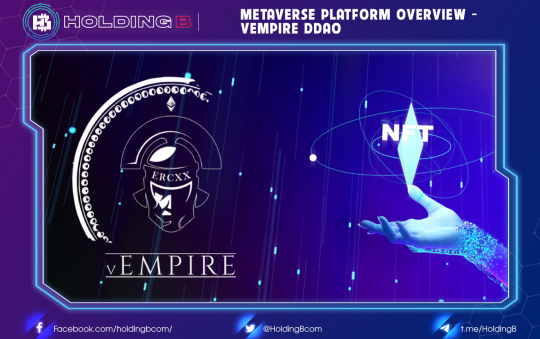
What is AAVE?
It is a decentralized finance, or DeFi, protocol that allows anyone to lend and borrow cryptocurrencies without the involvement of any centralized intermediaries. Users can earn interest when they lend on the platform and pay interest when they borrow.
Based on the Ethereum blockchain, Aave is essentially an open source DeFi protocol that has a system of smart contracts. Smart contracts support the management of all crypto-assets by means of a distributed network of computers. As a result, AAVE users do not have to depend on a specific organization or individual to manage their funds. Users can only count on the fact that the smart contracts’ code will run as intended.
What is AAVE used for?
Aave supports the development of loan groups. Lending pools can allow users to borrow or lend nearly 17 different cryptocurrencies, including Ether, Brave Attention Token, and MANA. Borrowers must post some form of collateral before borrowing on Aave, like many other Ethereum-based decentralized lending systems. Also, it is important to note that borrowers can borrow up to the value of the collateral posted by them.
Work in AAVE
Aave has been developed on the Ethereum network, serving as the foundation for a range of emerging DeFi solutions. The tokens on the Aave network also use Ethereum to process transactions, thus qualifying as an ERC-20 token.
In addition, the Aave protocol promotes a decentralized autonomous organization, or DAO, as the governance model of choice. It is quite clear about Aave that AAVE token holders only have privileges over the operations and governance of the protocol. Now, let’s dive deeper into the workings of the loan process on Aave.
- Lending in Aave
In the case of traditional financial services, you will have to go to a bank or any other financial institution with huge amounts of cash on hand. Such types of organizations will ask you for collateral or some form of security for a loan.
Decentralized finance, or DeFi, does not include any banks because smart contracts replace them. Smart contracts are basically computer code to automate transactions like selling a specific token when a specific price is reached. They take on the task of enhancing financial services and removing middlemen from savings accounts, asset trading, and futures contracts. DeFi ensures that you can get a crypto loan from other people and not from a bank.
- Liquidity Pools in Aave
Users deposit their cryptocurrencies into liquidity pools, which the Aave protocol can lend out. Any individual who deposits tokens into the pool is called a liquidity provider. They receive new aTokens in exchange for providing liquidity to the protocol. aToken holders will receive a portion of the quick loans on the Aave platform along with interest on the relevant aTokens. If you are thinking of depositing tokens into a pool with excess liquidity, you will not get a profit. However, if you are depositing into a pool that needs it, then you may have a better chance of making money.
Aave’s Characteristics
While liquidity providers receive aTokens, the native AAVE token has an important role in the DeFi lending protocol. The Aave cryptocurrency token offers various advantages to its holders.
In addition, fast loans on Ave also offer the opportunity to borrow crypto currency without any collateral. However, the borrower must repay the loan in the same transaction. The loan transaction will be reversed if the borrower does not pay back within a certain time frame.
The protocol enables borrowers to convert between fixed and floating interest rates. Therefore, it can help reduce borrowing costs. With a diverse product portfolio covering various sectors such as technology, gaming, and finance, the Aave protocol is also the most diverse group of lenders in the DeFi space.
See ya in the next article !
Don’t forget to follow useful articles about Crypto Market from team Holding B !!!
- Telegram Channel: https://t.me/HoldingBcom
- Telegram Group: https://t.me/HoldingB
- Website: https://holdingb.com/
- Twitter: https://twitter.com/HoldingBcom
- Facebook: https://www.facebook.com/holdingbcom





